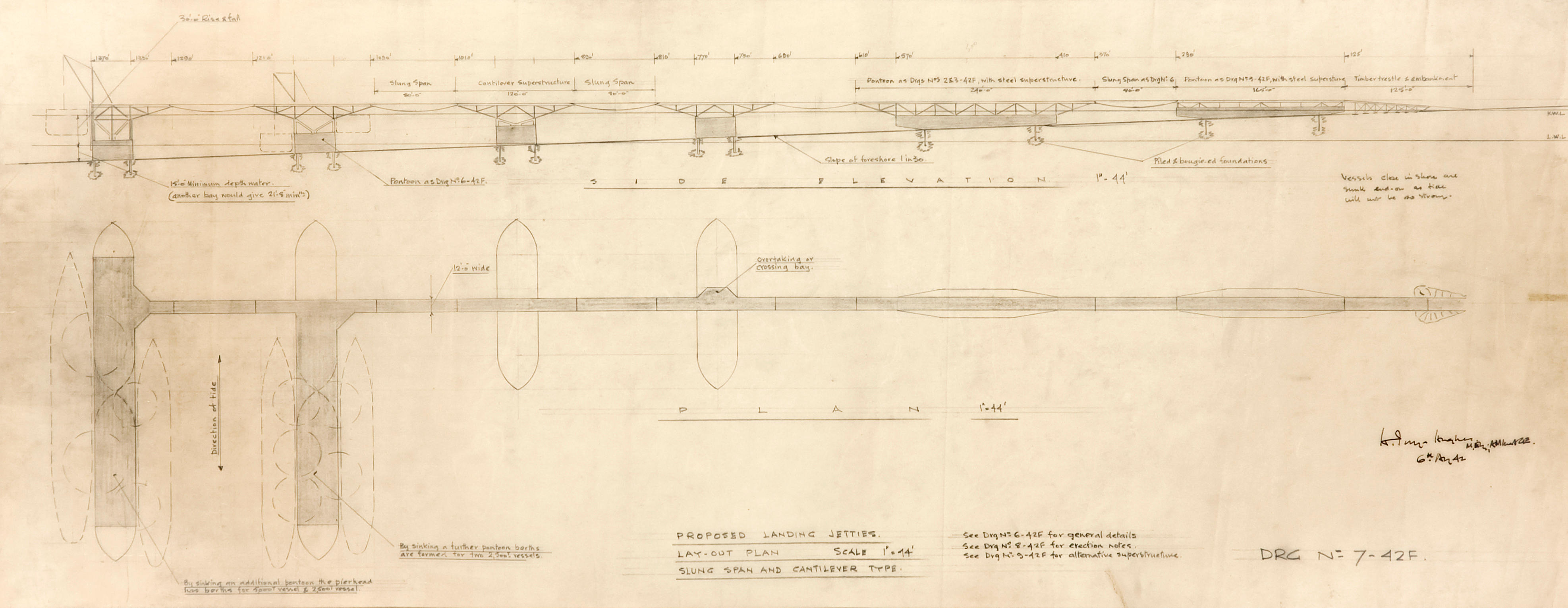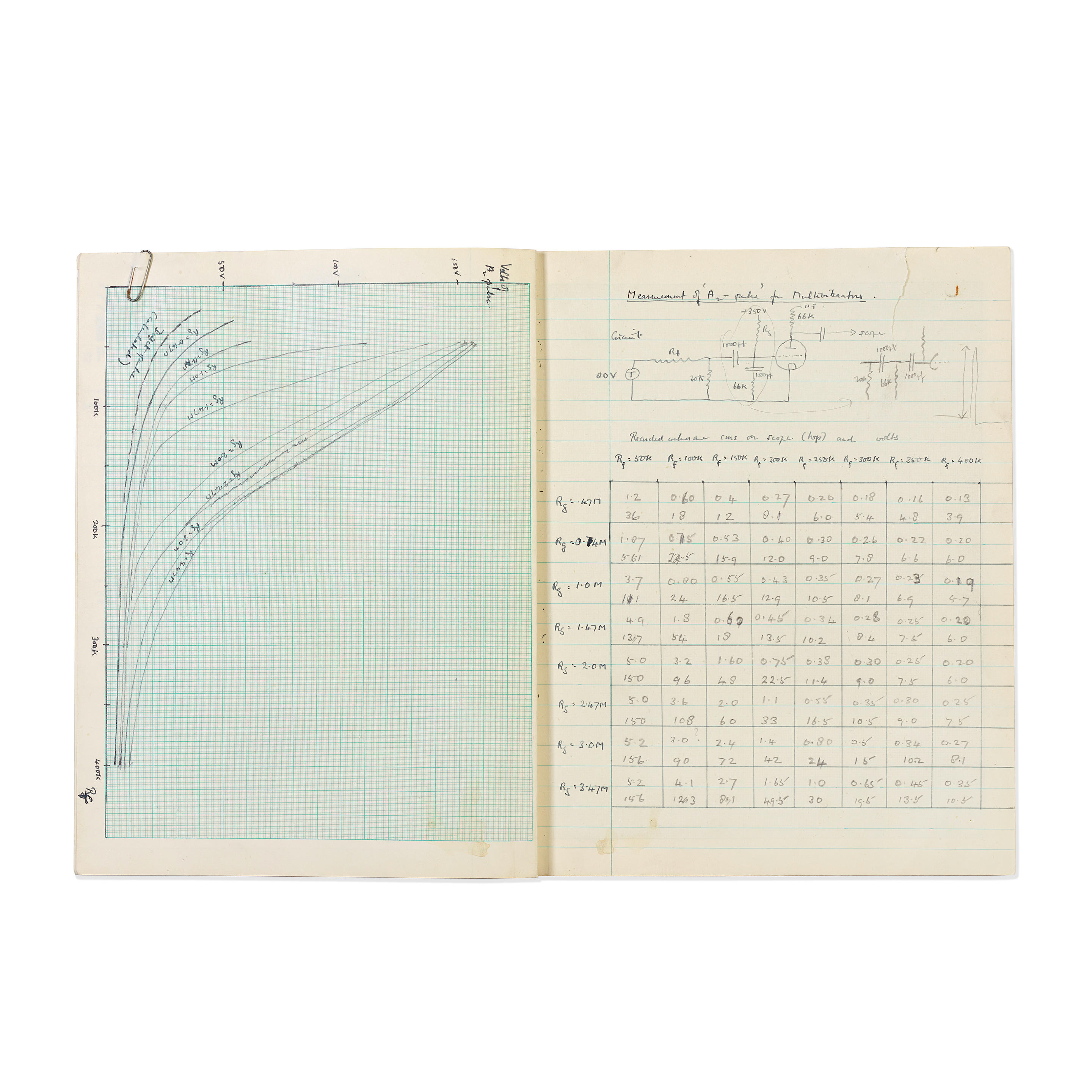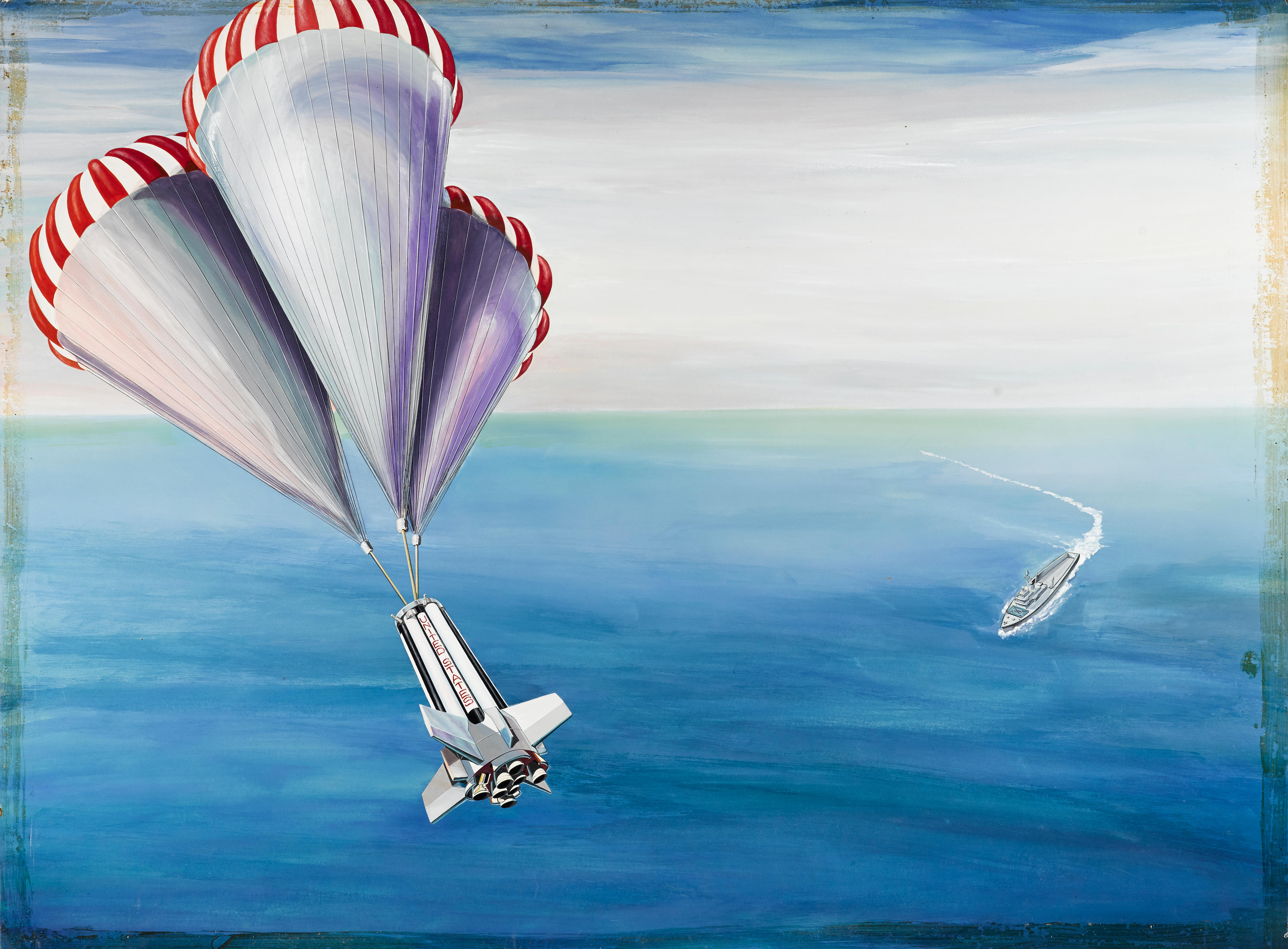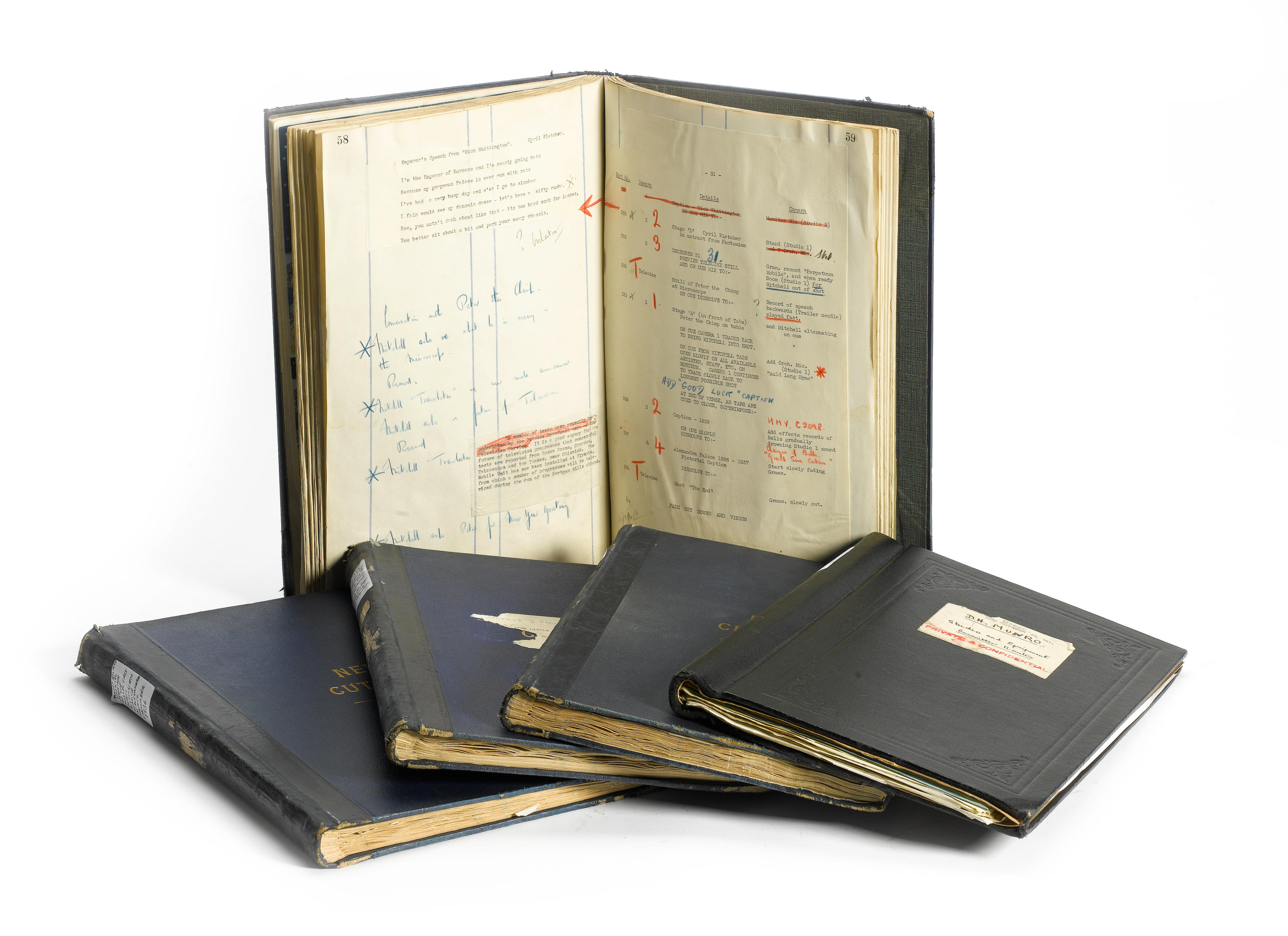Lot of 2 pencil-drawn diagrams, cartographer unknown, including: Diagram of Fort Shaw M.T. 1883. 13.75 x 16.75 in. Buildings, parade ground, coral, park, even the hay ground and scales are noted. Surrounding the Parade Ground are a number of buildings: Along one side and a building or two along the adjacent sides are the officers' quarters, with the residents are listed: Lt. Theis, Lt. Col. Gibson [George Gibsin], Dr. Kilburne, Lt. Crouse, Lt. Jones, Lt. Hale, Col. [John R.] Brooke, L:t. Stouch, Lt. Bartlett, LT. McCoy and Lt. Bell (in same qtrs), Lt. Hannay, Capt. Kent and Capt. Moole. There are barracks for Co. F, Co. K, Co. A, Co. G and the Band. The Hospital is near the officers' quarters with a building behind labeled "dead house." Opposite the officers is the Quartermaster and Commissary building. There are also warehouses, the armory, a library, chapel and school room in more distant buildings. One is even labeled "Officers Billiard Room." Roads and tracks crisscross everywhere, with only one named - Helena and Benton Stage Road. Trees and grass noted with icons. Apparently all features were not on this map because they were some distance from the fort. The garden, for example, was about a mile away. At this time the 3rd US Infantry was stationed at Ft. Shaw. Diagram of Fort Missoula Montana Territory 1884. 13.75 x 16.75 in. This map is not quite as elaborate. Officers' quarters are marked, but names are not included. Each company has a barracks with "Married Soldiers" in a building behind it. Besides a Hay Yard, this map also has a Garden noted. What appears to be native vegetation is along the river bank. There are a wagon shed, saw mill, Chinese laundry, sutler's store, blademaster, tin shop and carpenter's shop, barber shop, plus the expected magazine and gunnery. There are also fewer roads and tracks in this fort. Montana was acquired by the United States as part of the Louisiana Purchase. With the discovery of gold in the region (Black Hills) it was designated a US Territory (1864). The population rapidly increased, causing conflict with native peoples. It also became impossible to defend the treaties signed earlier promising the native populations that the Black Hills would be theirs forever. With increasing conflict came an increasing military presence. Fort Shaw was built in the Sun River Valley in 1867. When it was decommissioned in 1891, many of its buildings became an Indian school (with a purpose to "Americanize" them). Fort Missoula was established a decade later (1877). It saw subsequent use as a training center in WWI, headquarters for the Civilian Conservation Corps (1933), a processing center for Japanese-Americans ("alien detention"), and a prison for military personnel after WWII. It was finally decommissioned in 1947. Condition: Both have some surface soil, most possibly pencil smears. Each has undergone toning. Each with light folds. The maps have been removed from the frames and are not laid down.
Lot of 2 pencil-drawn diagrams, cartographer unknown, including: Diagram of Fort Shaw M.T. 1883. 13.75 x 16.75 in. Buildings, parade ground, coral, park, even the hay ground and scales are noted. Surrounding the Parade Ground are a number of buildings: Along one side and a building or two along the adjacent sides are the officers' quarters, with the residents are listed: Lt. Theis, Lt. Col. Gibson [George Gibsin], Dr. Kilburne, Lt. Crouse, Lt. Jones, Lt. Hale, Col. [John R.] Brooke, L:t. Stouch, Lt. Bartlett, LT. McCoy and Lt. Bell (in same qtrs), Lt. Hannay, Capt. Kent and Capt. Moole. There are barracks for Co. F, Co. K, Co. A, Co. G and the Band. The Hospital is near the officers' quarters with a building behind labeled "dead house." Opposite the officers is the Quartermaster and Commissary building. There are also warehouses, the armory, a library, chapel and school room in more distant buildings. One is even labeled "Officers Billiard Room." Roads and tracks crisscross everywhere, with only one named - Helena and Benton Stage Road. Trees and grass noted with icons. Apparently all features were not on this map because they were some distance from the fort. The garden, for example, was about a mile away. At this time the 3rd US Infantry was stationed at Ft. Shaw. Diagram of Fort Missoula Montana Territory 1884. 13.75 x 16.75 in. This map is not quite as elaborate. Officers' quarters are marked, but names are not included. Each company has a barracks with "Married Soldiers" in a building behind it. Besides a Hay Yard, this map also has a Garden noted. What appears to be native vegetation is along the river bank. There are a wagon shed, saw mill, Chinese laundry, sutler's store, blademaster, tin shop and carpenter's shop, barber shop, plus the expected magazine and gunnery. There are also fewer roads and tracks in this fort. Montana was acquired by the United States as part of the Louisiana Purchase. With the discovery of gold in the region (Black Hills) it was designated a US Territory (1864). The population rapidly increased, causing conflict with native peoples. It also became impossible to defend the treaties signed earlier promising the native populations that the Black Hills would be theirs forever. With increasing conflict came an increasing military presence. Fort Shaw was built in the Sun River Valley in 1867. When it was decommissioned in 1891, many of its buildings became an Indian school (with a purpose to "Americanize" them). Fort Missoula was established a decade later (1877). It saw subsequent use as a training center in WWI, headquarters for the Civilian Conservation Corps (1933), a processing center for Japanese-Americans ("alien detention"), and a prison for military personnel after WWII. It was finally decommissioned in 1947. Condition: Both have some surface soil, most possibly pencil smears. Each has undergone toning. Each with light folds. The maps have been removed from the frames and are not laid down.










.jpg)



Try LotSearch and its premium features for 7 days - without any costs!
Be notified automatically about new items in upcoming auctions.
Create an alert